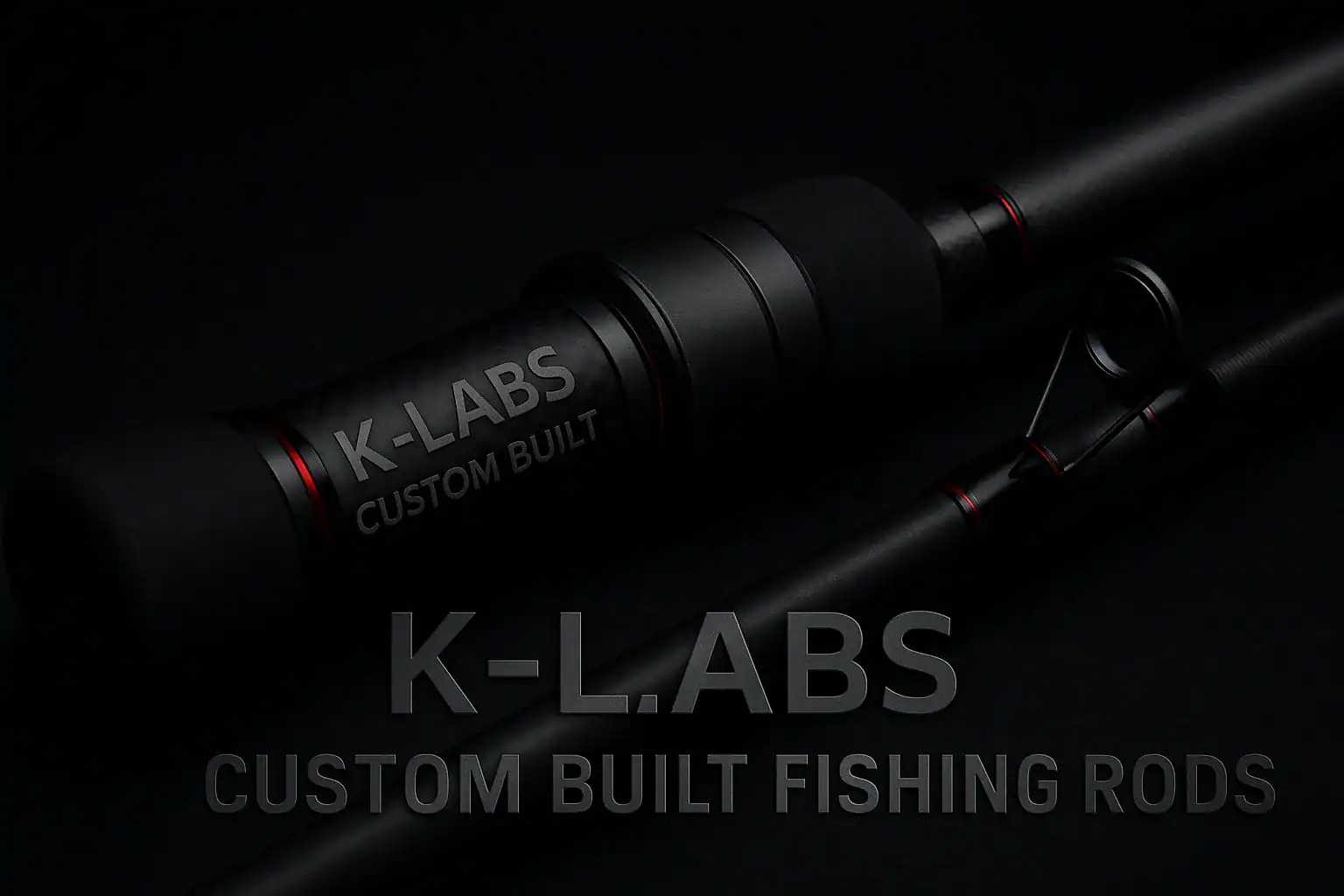
Introduction
Softbait fishing in shallow waters (less than 8 meters) offers a dynamic and rewarding experience for anglers. The proximity to the surface means fish are more alert, making technique and presentation crucial. This guide delves into advanced strategies to enhance your shallow water softbait fishing, ensuring you make the most of every cast.
1. Prioritize Hang Time
In shallow waters, maximizing the “hang time” of your softbait—how long it remains in the strike zone—is essential. Using lighter jig heads (e.g., 1/8 to 1/4 oz) allows the bait to sink slowly, giving fish ample opportunity to observe and strike. This approach is particularly effective in calm conditions where fish are more cautious.
2. Monitor Your Line Closely and Be Ready for Topwater Strikes
Often, the first indication of a bite is a subtle movement in your line rather than a noticeable tug. Keep a vigilant eye on the line’s behavior on the water’s surface. Any unexpected twitch or change in direction could signal a fish’s interest, prompting a timely hook set.
Additionally, in shallow waters, snapper are known to strike softbaits near the surface. Always be prepared for sudden topwater hits, as these can occur unexpectedly and provide thrilling fishing moments.
3. Adapt to Daily Variations
Fishing conditions can change dramatically from one day to the next due to factors like weather, water temperature, and fish behavior. What worked yesterday might not yield results today. Be prepared to adjust your techniques, lure colors, and retrieval speeds to align with the day’s unique conditions.
4. Understand Wind, Current, and Drift
Your boat’s drift, influenced by wind and current, affects how your softbait moves through the water. Position your boat to allow the bait to drift naturally with the current, mimicking the movement of prey. This natural presentation increases the likelihood of enticing strikes from wary fish.
5. Embrace Versatility
Relying on a single technique can limit your success. Incorporate a variety of retrieval methods, such as slow lifts, gentle twitches, and pauses, to determine what triggers bites. Observing and adapting to fish responses will enhance your effectiveness in diverse scenarios.
6. Utilize Unweighted Softbaits and Worm Hooks During Slack Water
Slack water periods, often overlooked, can produce some of the most memorable catches of the day. Employing unweighted softbaits rigged on worm hooks during these times allows for a natural and subtle presentation. The slow, undulating descent of an unweighted softbait can be particularly enticing to wary fish in calm conditions. Worm hooks facilitate a weedless setup, enabling anglers to fish confidently around structures and vegetation without frequent snags. This approach is especially effective when fish are less aggressive, requiring a more finesse-oriented tactic.
7. Match Rod Weight to the Environment: Sand vs. Reef
Selecting the appropriate rod weight based on the fishing environment is crucial for optimizing performance and increasing your catch rate.
Over Sandy Bottoms: Utilizing lighter rods in sandy areas offers several advantages. The open terrain allows anglers to play fish out, providing an exhilarating fight and reducing the risk of line breakage. Lighter rods also enhance sensitivity, enabling you to detect subtle bites and movements, which is particularly beneficial when targeting species that exhibit delicate feeding behaviors. Over Reef Structures: In contrast, fishing over reefs and rocky structures necessitates the use of heavier rods. These environments are fraught with potential snags and hiding spots for fish, requiring rods with greater backbone to exert control and prevent fish from retreating into cover. Heavier rods facilitate stronger hook sets and provide the necessary power to extract fish swiftly, minimizing the chances of losing them to the structure.
By aligning your rod choice with the specific characteristics of the fishing environment, you enhance your ability to effectively target and land fish, ensuring a more successful and enjoyable angling experience.
Conclusion
Softbait fishing in shallow waters demands attentiveness, adaptability, and a deep understanding of environmental factors. By focusing on hang time, monitoring line behavior, adjusting to daily changes, mastering drift dynamics, utilizing unweighted softbaits during slack water, and selecting the appropriate rod weight for your environment, you position yourself for consistent success. Remember, versatility and observation are your greatest tools in shallow water fishing.
Interested in custom rods optimized for shallow water softbaiting? Explore K-Labs’ handcrafted Softbait Rods designed for precision and performance.
